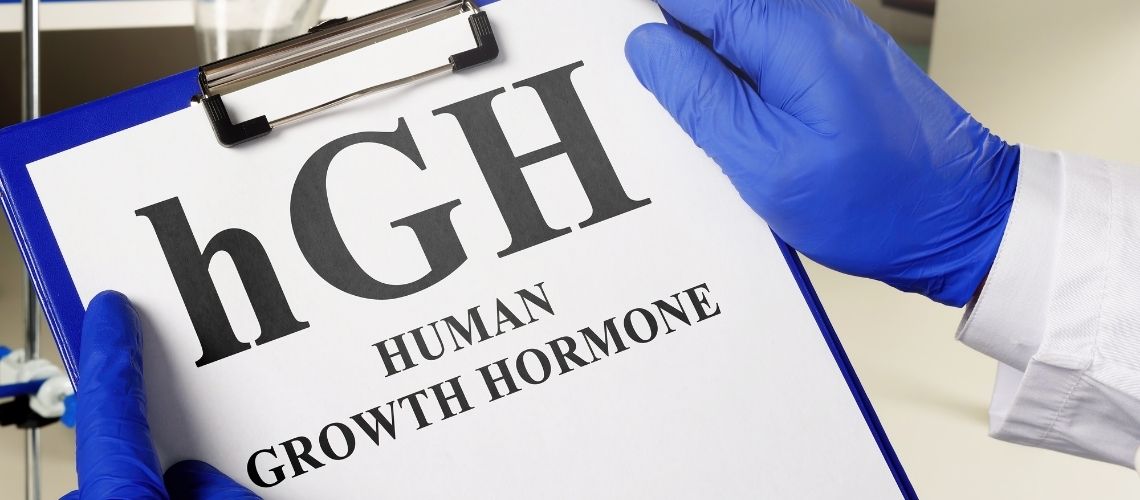It has been claimed that undergoing hysteroscopy—using a telescope to look inside the uterus—in women who are experiencing an unexplained reproductive issue or who are considering advanced fertility treatment, such as intrauterine insemination or IVF, may assist in increasing success.
Regular ultrasound during the exam may miss more subtle uterine abnormalities that can be seen and treated concurrently during hysteroscopy. Additionally, it might facilitate subsequent insemination or embryo transfer, widen the womb’s entranceway (cervical dilatation), or aid embryo implantation by scraping the endometrium (the lining of the womb). (1)
What is hysteroscopy?
Fertility doctors frequently employ hysteroscopy as a diagnostic technique to assist individuals dealing with infertility. Hysteroscopy helps in determining whether your uterus is healthy enough for an embryo to implant and develop as part of the in vitro fertilization (IVF) procedure.
Hysteroscopy under light sedation in the exam room usually takes 20 to 30 minutes. Hysteroscopy in the operating room under anesthesia can take two hours or more, depending on the procedures involved.
Your doctor will assist you in locating the best fertility treatment alternatives if during hysteroscopy something is found that might be the root of your pregnancy issues.
Your doctor could advise waiting a few weeks or even three months (for large fibroids) before beginning an IVF cycle after a hysteroscopy.
How does hysteroscopy improve the IVF process?
Despite undeniable improvements in In Vitro Fertilization (IVF), it is still largely unknown what factors affect successful implantation in assisted reproduction. Pregnancy rates only reach 66% even in the best-case scenario with an excellent prognosis after choosing the best embryos, indicating that the uterus plays a more significant role than previously believed.
This topic has been the focus of two investigations. These studies evaluate the effects of office hysteroscopy on the results of IVF in women undergoing IVF for the first time and in women who have experienced recurrent implantation failure to highlight the significance of morphological examination of the uterus. Both investigations came to the conclusion that hysteroscopy had no impact on the success of IVF. (2)
What is the role of hysteroscopy in IVF?
Several artificial reproductive methods have been developed during the last few decades, giving infertile couples hope. Even with these operations, many patients have yet to have results. Hysteroscopy is a medical procedure used to examine the inside of the uterus using a thin, lighted instrument called a hysteroscope. In IVF, hysteroscopy is often performed as a diagnostic tool to evaluate the uterine cavity and determine if there are any abnormalities or potential issues that may affect the success of IVF.
Hysteroscopy can help identify and treat conditions such as uterine fibroids, polyps, scar tissue, or abnormal shape of the uterus that can interfere with the implantation of the embryo or cause miscarriages. The procedure can also help to detect adhesions and other potential sources of infertility.
Hysteroscopy is typically performed before an IVF cycle to ensure that the uterus is in optimal condition for embryo transfer. If any abnormalities are detected during the procedure, they may be treated immediately with minimally invasive techniques such as hysteroscopic surgery, which can improve the chances of successful implantation of the embryo. Overall, hysteroscopy can play an important role in improving the success rates of IVF.
What do studies say about hysteroscopy in IVF?
Several studies evaluating screening hysteroscopy versus not performing hysteroscopy in women with unexplained infertility who are trying to conceive spontaneously make some of the statements true. According to these studies, it has not been determined whether the ongoing pregnancy rate is improved following screening hysteroscopy in women with unexplained infertility for at least two years.
Studies did not report any side effects in either treatment arm. It is unclear whether clinical pregnancy rates improve or miscarriage rates increase following screening hysteroscopy in women with at least two years of unexplained infertility.
There were only four studies that reported complications after hysteroscopy, and in three of these, there were no incidents in either group. It is unknown if screening hysteroscopy is linked to more serious side effects.
Prior to IVF, screening hysteroscopy may improve the likelihood of clinical pregnancy. Clinical pregnancy rates of between 33% and 40% are anticipated following screening hysteroscopy in a typical clinic with a clinical pregnancy rate of 28%. It’s vital to keep in mind that the miscarriage rate after screening hysteroscopy might not differ much or at all. (3)
Who is a candidate for hysteroscopy before IVF?
Identifying candidates for hysteroscopy before in vitro fertilization (IVF) involves careful consideration of the patient’s medical history and fertility challenges. A physician may recommend this procedure for several key reasons. Firstly, in cases of unexplained infertility, where exhaustive fertility assessments have not pinpointed the cause, hysteroscopy offers a deeper investigation into potential uterine factors that might be impeding conception. This approach is critical for uncovering hidden abnormalities that standard tests may miss.
Furthermore, individuals with a history of miscarriage or repeated IVF implantation failures stand to benefit significantly from hysteroscopy. This procedure allows doctors to directly observe and address any uterine conditions that could contribute to these outcomes. Such proactive measures are essential for increasing the chances of a successful pregnancy.
Key indicators for hysteroscopy before IVF include:
- Unexplained infertility.
- Recurrent miscarriages or IVF implantation failures.
- Known uterine anomalies like fibroids or polyps.
Moreover, for women diagnosed with specific uterine abnormalities, hysteroscopy serves a dual purpose. Not only does it assess the extent of these issues, but it also determines the necessity of surgical intervention to enhance fertility prospects. Therefore, this procedure is an invaluable tool in tailoring fertility treatments to individual needs, thereby optimizing the likelihood of achieving a successful IVF outcome.
Source:
Doldi, N., Persico, P., Di Sebastiano, F., Marsiglio, E., De Santis, L., Rabellotti, E., … & Ferrari, A. (2005). Pathologic findings in hysteroscopy before in vitro fertilization-embryo transfer (IVF-ET). Gynecological endocrinology, 21(4), 235-237.








